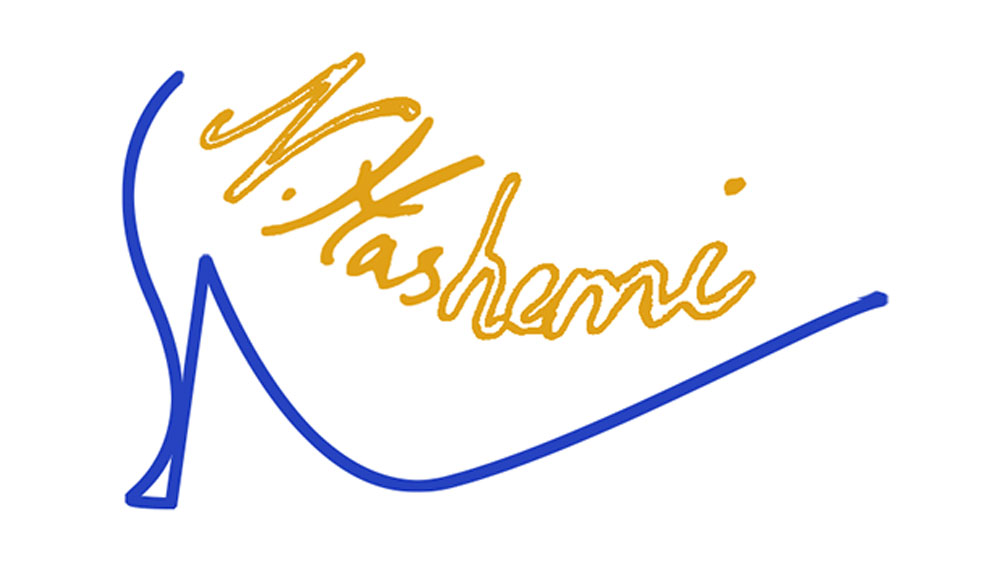When illustrating footwear, and designing shoe, whether for manufacturers or for the retail market, it is necessary to capture and enhance the uniqueness of the designer’s vision while also making the necessary adjustments to the shoe’s visual perspective
to express its wearability as a functional fashion item.
Now you read about three common mistakes in shoe design:
Do’s and don’ts in shoe design
The first thing to realize about shoes is that they are not flat.
They curve around the foot from toe to heel
and also rise up slightly from the ball of the foot to the toe tip.
Three common mistakes in shoe design
The three most common mistakes to watch for in drawing shoes are:
getting the perspective wrong;
drawing the center front off-center;
and making the shape and perspective of the heel incorrect.
We will start shoe design training by looking at how to address these basic problems
Then we will work our way through to rendering exciting finishes and textures.
Different viewing angles in shoe design
The two most important features of footwear to capture are the toe shape and the heel treatment;these reveal the uniqueness of the design.
These features are typically illustrated with three views:
a straight-on side view together with a top toe view detail
a three-quarter view
three quarter view shows enough of the top of the toe while still giving an adequate view of the heel to show its specific design characteristics .
It is also important, whenever possible, to draw your footwear from the “outside of the foot” view.
his shows the optimum design elements while avoiding the distortion and awkwardness of drawing the inside arch shape,
which can appear to warp the shoe and make it look uncomfortable to wear.
You should always draw a shoe with the understanding of a foot slipping comfortably into it and with newness to the texture and structure (not as though the shoe has been worn previously).
The use of the illustration choosing a style
The use of the illustration should also be considered when choosing a style to work in.
If the illustration is being used for manufacturing purposes—for production or pattern drafting—the illustration will have to be much more proportional and realistic to the actual finished shoe.
If the finished drawing will be used for retail or editorial applications, then whatever the client desires can be your goal.
If you are the designer, you should develop your style enough to explain your concept at first glance.
If your drawing creates more questions than it answers, you will need to develop a tighter style.
Knowing these basics, you will become more familiar with the types of facades (facade or three-face view and side and top view), then you can start your training by designing women’s shoes from three-face view.
To have a professional education based on university courses, you can prepare and learn the following educational videos:
Educational video on the basics of visual arts in shoe design
Educational video on the basics of color in shoe design
Tutorial video for finding ideas and creativity in shoe design


